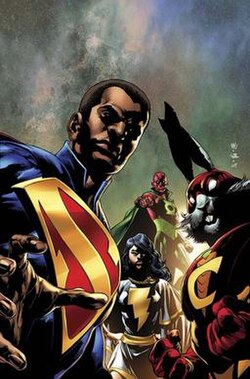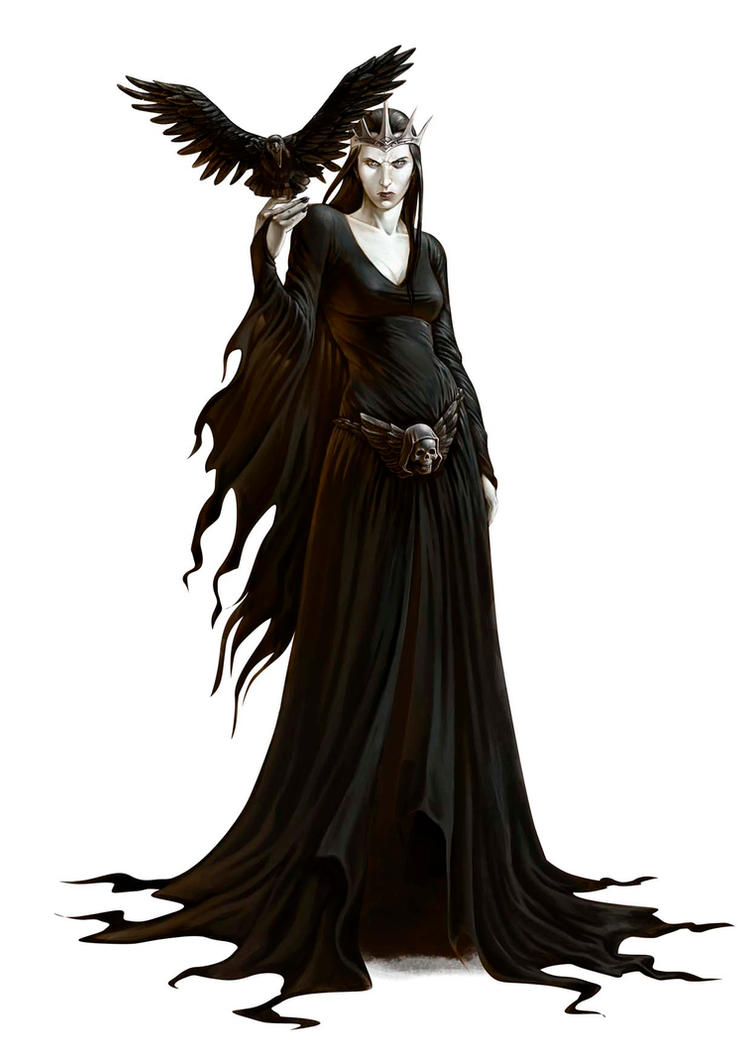Apiaria: The Hive City of the Bee Folk and center of the domain of their Queen, Melitta XLI. Relations between the humans of Yanth and the bee folk have been pleasant but formal for some time. Wealthy Rivertown folk imbue an antiaging tonic made from bee folk royal jelly.
Castle Machina: Just outside of Rivertown, an old castle is the workshop-palace of the Clockwork Princess Viola I of Yanth. The barracks, sheds, and small laboratories around it are known as "Mechanicstown" and house the tinker gnomes and others that assist the Princess.
The Enchanted Wood: An ancient and dense forest north of Rivertown where the plant and animal life encountered is very often capable of speech. It is said to be the domain of an old and eccentric druid.
The Great Standing Stone Sages: A circle of eight monolithic stone heads in which reside the intellects of great sages of a past age. Their names and their scholarly specialties are: Whindbog the Historian, Blathrur the Astronomer, Pomphus the Philologist, Laangvynd the Geographer, Eggedd the Scientist, Baombast the Physician, Drohninon the Mathematician, and Nowhitaul the Theologian. These learned minds may be consulted by touching their respective stone, allowing telepathic communication as long as the contact is maintained. They will answer questions put to them, though they tend to do so with a degree of irritation and condescension.
Horologopolis: A subkingdom in the Country of Yanth where many aspects of the lives of its citizenry are predetermined at birth by extensive application of the astrological and numerologic sciences. Horoscopes are prepared and zealously tracked and rechecked through a citizen’s lifetime by the great tabulating engines controlled by the Master Time Keeper, a giant, many-armed construct with a head like a clock face. Those who stray from their appointed role or seek to alter their fate in significant ways are corrected by his agents, the more humanoid, but likewise clockfaced, Watchmen.
Rivertown: Largest city in Yanth, at the confluence of the Yellow and Flint Rivers. It's a center for trade and home of an infamous, waterborne, red-light district called (appropriately) "The Floating World."
4 hours ago




.jpg)
























.jpg)































